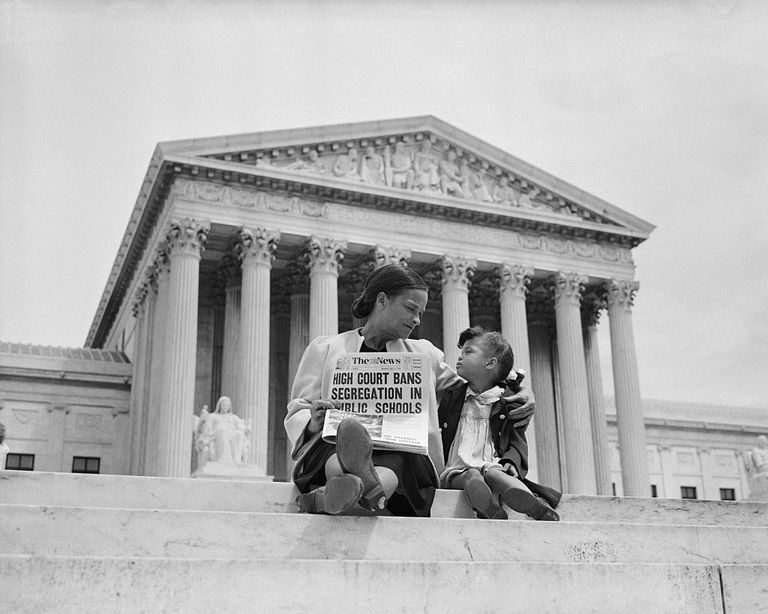

The unanimous 1954 Brown decision was a genuine hinge in American history. That demographic transformation is both reinvigorating and reframing Brown's fundamental goal of ensuring educational opportunity for all Americans. The second watershed will follow in June, with the completion of what is likely to be the last school year ever in which a majority of America's K-12 public-school students are white. Board of Education decision striking down "separate but equal" segregation in public education. The first landmark moment will arrive May 17, with the 60th anniversary of the Supreme Court's Brown v.

The second is reshaping the legacy of the first. The chief council for the plaintiffs was Thurgood Marshall, who later became the first Black Justice appointed to the Supreme Court.Two milestones in the history of American education are converging this spring. The case was then heard by the Supreme Court in 1954, along with other similar cases from around the country, and it became known as Brown v. The original case was tried in a district court and was defeated on the grounds that the Black schools and white schools were sufficiently equal and therefore segregated schooling in the district was protected under the Plessy decision.

One of these suits was filed against the board of education in Topeka, Kansas, on behalf of Oliver Brown, a parent of a child who was denied access to white schools in the Topeka school district. In the early 1950s, the National Association for the Advancement of Colored People (NAACP) brought class action lawsuits against school districts in several states, seeking court orders that would require the districts to allow Black children to attend white schools.


 0 kommentar(er)
0 kommentar(er)
